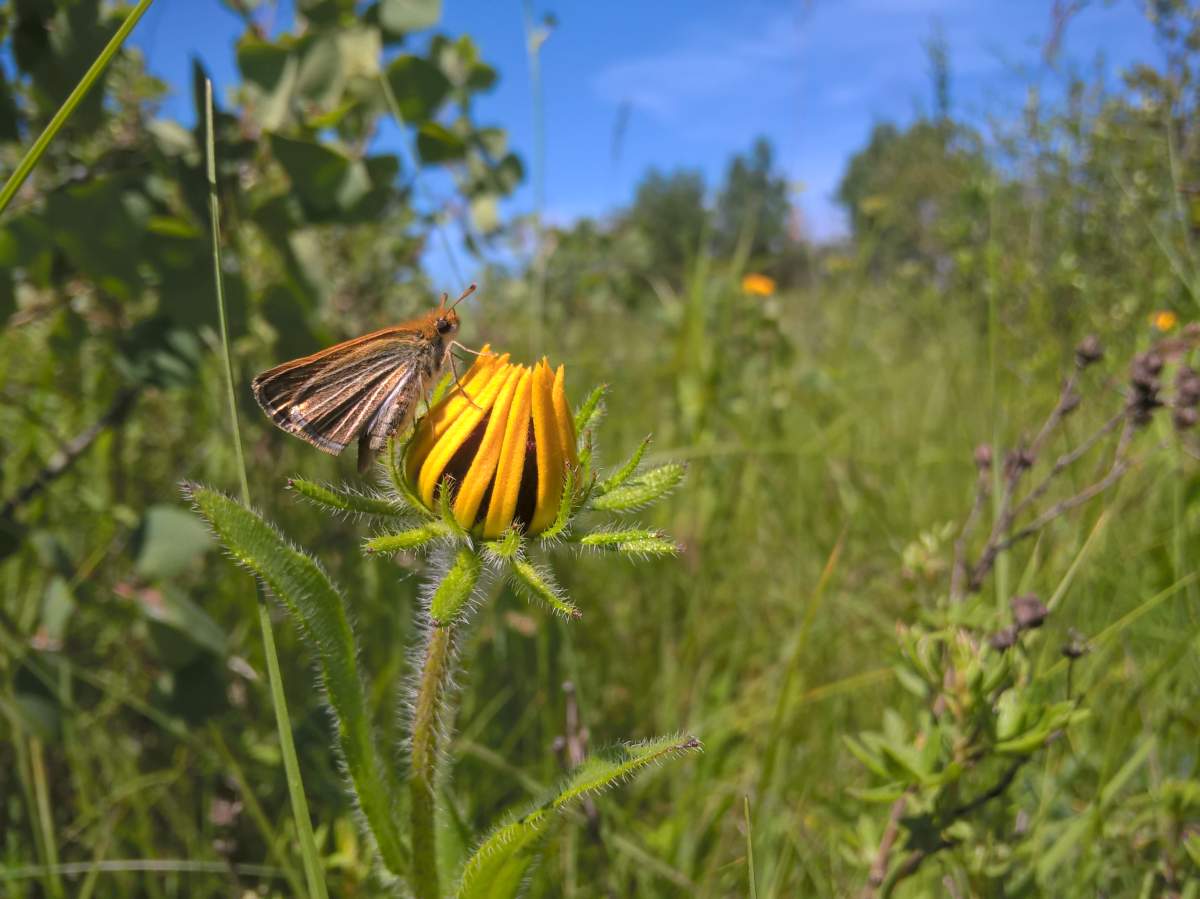A team of researchers from Winnipeg says they’re the first in the world to successfully breed a critically endangered butterfly whose disappearance from the Canadian Prairies has been described as a “canary in a coal mine.”

The team from Winnipeg’s Assiniboine Park Conservatory said Monday they have since released 19 of the Poweshiek skipperling butterflies in the Tall Grass Prairie Preserve in southeastern Manitoba.
“The Poweshiek skipperling is on the verge of extinction and the Assiniboine Park Conservancy is in a unique position to change that before the species is lost forever,” explained Laura Burns, research conservation specialist at the conservancy, in a release Monday.
“Breeding and raising these butterflies from egg to adulthood in a controlled setting at the zoo presents us with a tremendous opportunity to increase the number we release each year and potentially introduce them to new sites within the available grassland habitat here in Manitoba.”
The tiny butterfly used to be a common sight in southern Manitoba and down into the midwestern United States, but their numbers started dropping around 2001, and experts estimate there may be fewer than 500 of the grassland butterfly species left on the planet.

Get breaking National news
Today there are only two small isolated pockets where the butterfly can be found: the Tall Grass Prairie Preserve and another site near Flint, Michigan, according to a release from the conservancy.
Cary Hamel, with the Nature Conservancy of Canada, has previously told the Canadian Press the butterfly’s rapid decline is a sign that the Prairie grass ecosystem is at risk.
“Butterflies are a bit of a canary in a coal mine. They’re really sensitive to changes in weather. They’re sensitive to changes in habitat loss. They’re sensitive to invasive species and land management,” Hamel said back in 2013.
“The fact that the Poweshiek skipperling and other Prairie butterflies are all declining should really have us stand up and take notice that something is going wrong with our native prairies.”
The conservancy’s work is part of a project in collaboration with Nature Conservancy Canada, the University of Winnipeg and other partners throughout Canada and the U.S.
The conservancy said their role in head-starting the growth of Manitoba’s Poweshiek skippering population is part of a wider goal to ultimately increase the wild population numbers by raising the butterflies through their most vulnerable life stages.
Last year the Manitoba team released 13 adult butterflies, and six were returned to the wild in 2018.
As well as releasing the butterflies, the team in Winnipeg is also working to sequence and analyze the Poweshiek skipperling genome, something they hope will help them understand why the species has suffered such a severe decline.
–With files from The Canadian Press






Comments